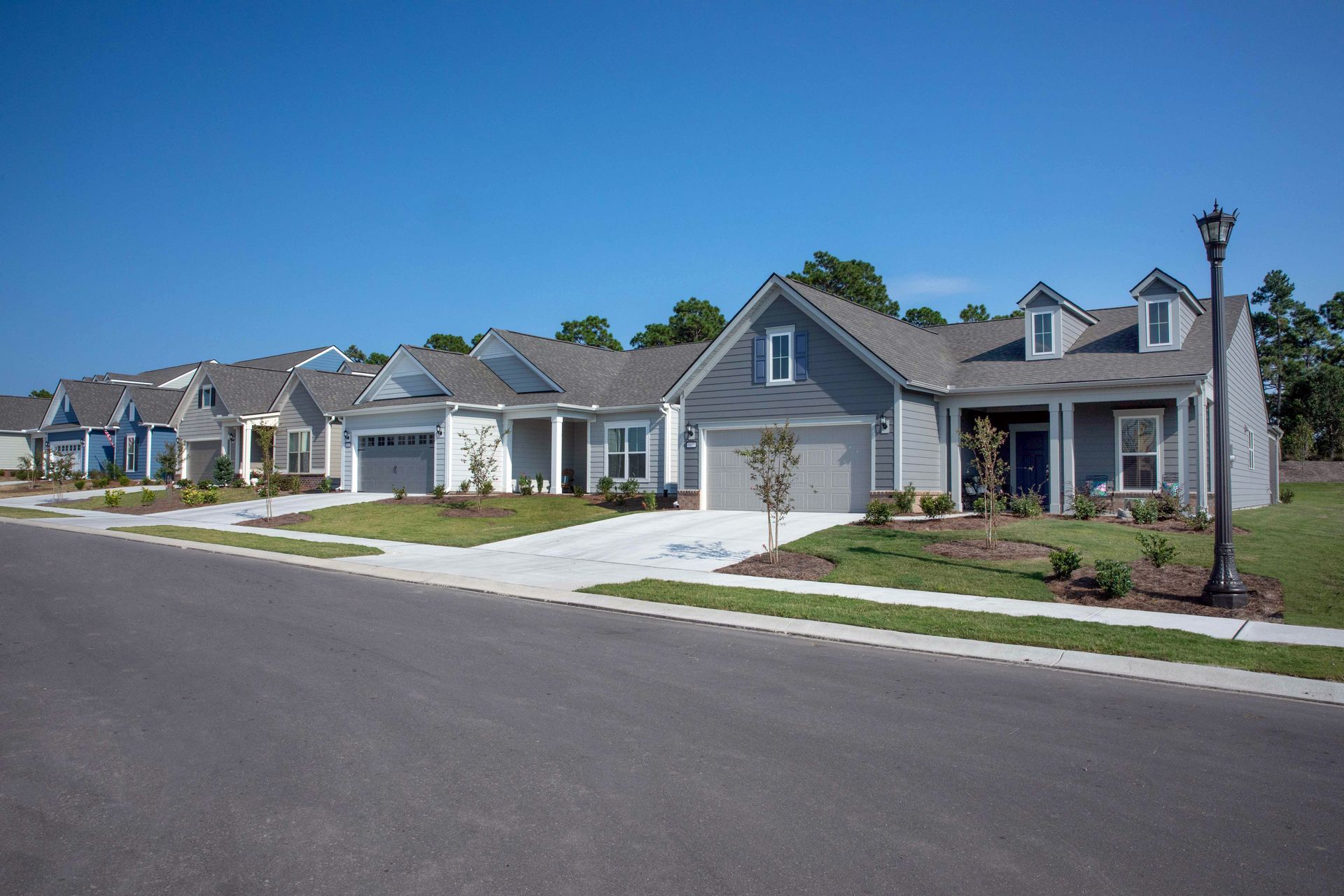How to Design a Kitchen That’s Easy to Clean

Eager to reduce scrubbing time? Get expert advice on making easy maintenance part of your kitchen plan
The kitchen tends to be the room in our home that needs the most cleaning. The good news is that, with a little planning, you can have a design that makes cleaning a breeze and allows you to spend less time mopping and more time enjoying your space. Get out these seven tips for an easy-to-clean kitchen.
1. Buy Easy-Clean Appliances
It’s understandable to be dazzled by the performance or look of a smart new kitchen appliance, but Eva Byrne of Houseology suggests that you also consider potential purchases with a view to keeping them clean.
“Choose a [range] that’s fuss-free and easy to wipe down without needing any exotic lotions or solutions,” Byrne says. “Have a good look at details, such as the knobs on your oven, to make sure there are no hard-to-get-at nooks. Knobs that are too close together mean you can’t get a cloth between them, for example.”
Designer Nicolle Whyte agrees and suggests choosing an induction cooktop, “as it’s flat, easy and safe to clean.”
Furthermore, Louise Delaney, design manager at Cameron Interiors, says, induction cooktops save you from having to clean the grates and other parts found on gas cooktops.“We recommend choosing appliances with cleaning programs included. Let your appliance do the cleaning for you!” She suggests choosing ovens with pyrolytic cleaning functions (which heat the oven to high temperatures to burn off residue), steam ovens with automatic steam cleaning and drying programs, and coffee machines with automatic cleaning.
2. Pick a Simple Backsplash
Tile is a popular choice for a kitchen backsplash, but if you don’t want to spend time scrubbing grout to keep it sparkling clean, there are other options.
If you’re set on tile, pick a large-format style to minimize the amount of grout you have to clean. If you choose a glass backsplash, you won’t have to deal with grout at all, Whyte says.
3. Favor Flat-Front Cabinets
“Selecting smooth furniture fronts prevents cooking residue forming on decorative grooves and ridges,” Delaney says. Watch out for cutout pulls, though, since they can harbor crumbs.
4. Choose Your Countertop Material Wisely
“Select materials such as Corian, quartz, steel or sintered stone [mineral and stone particles bound together with heat and pressure], which are nonporous, prevent stains and are easy to wipe clean,” Delaney says.
“Solid-surface [countertops], such as Corian, are probably the most hygienic,” Whyte says. “They have a seamless finish and therefore don’t have grooves to trap dirt. This is why you see them used in hospitals and fast-food chains.”
5. Use Durable Paint
If you have painted walls in your kitchen, you’ll need to wipe them down more often than the walls in other rooms. Choosing a hardwearing paint finish will make this job easier.
“Use an oil-based eggshell [finish], as you can easily wipe this clean without damaging the paint,” Whyte says.
6. Avoid Open Shelves
Open shelves may look attractive when beautifully styled, but they can be a high-maintenance cleaning option if you have to move dishes, books and decorative objects just to run a duster over the surface.
For a fuss-free kitchen design, Byrne recommends avoiding open shelves “that gather dust and grime” and springing for wall cabinets instead.
7. Use Drawer and Shelf Liners
Drawers can be a bit of a minefield to keep tidy, with crumbs and dust sifting down to settle at the bottom. To keep on top of this, Byrne suggests lining drawers and shelves “with wipeable liner material, cut to size, to prolong the life of your units.”
Whyte agrees and suggests choosing “a melamine finish on the inside of cabinets, as it doesn’t absorb spillages like oak or walnut would.”
Source:
Direct Message News
Dusty Rhodes Properties is the Best Realtor in Myrtle Beach! We do everything in our power to help you find the home of your dreams. With experience, expertise, and passion, we are the perfect partner for you in Myrtle Beach, South Carolina. We love what we do and it shows. With more than 22 years of experience in the field, we know our industry like the back of our hands. There’s no challenge too big or too small, and we dedicate our utmost energy to every project we take on. We search thousands of the active and new listings from Aynor, Carolina Forest, Conway, Garden City Beach, Longs, Loris, Murrells Inlet, Myrtle Beach, North Myrtle Beach, Pawleys Island, and Surfside Beach real estate listings to find the hottest deals just for you!
Share




